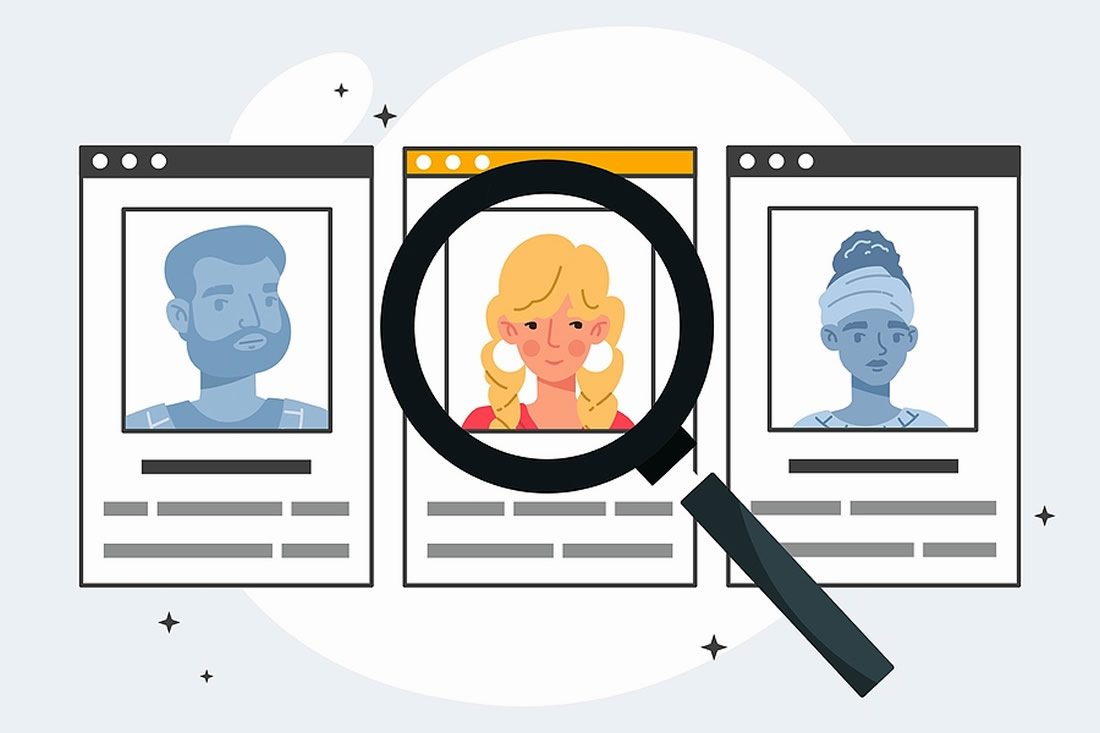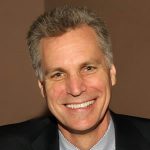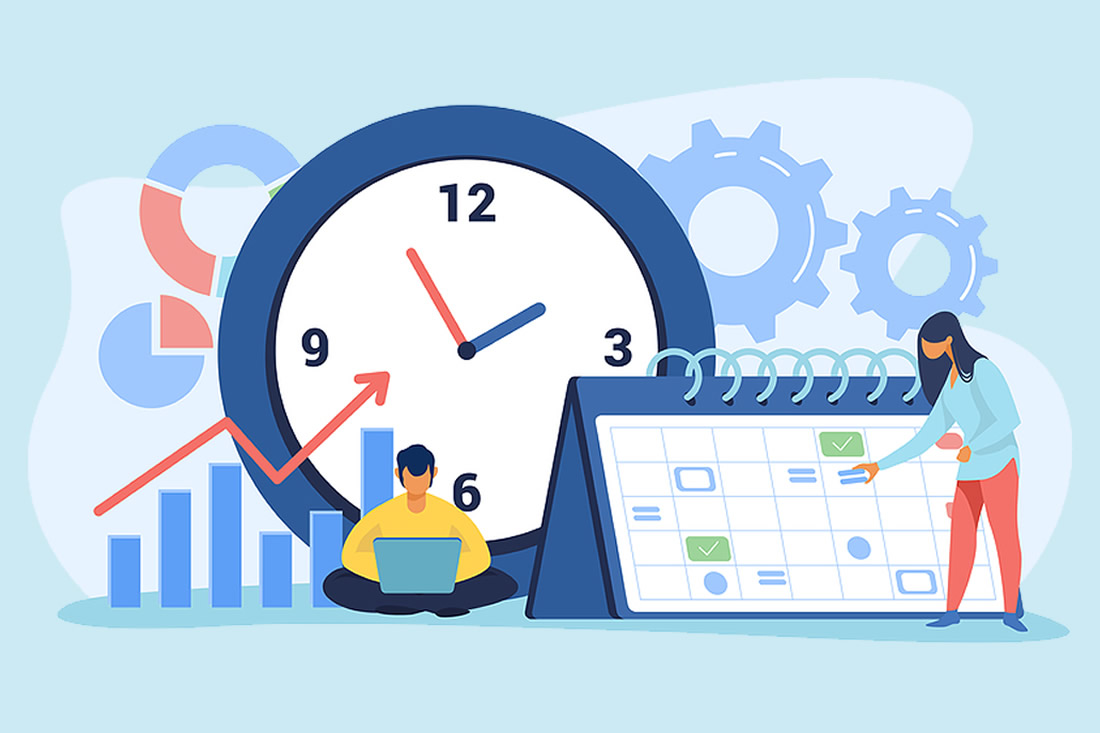How to Pick the Right People for Your Campaign Feasibility Study

A feasibility study is only as good as the information you gather. And that information is only as good as the people you have chosen to interview. So if you want your feasibility study to yield the right results, you’ve got to select the right group of interviewees.
To unpack that topic for us, we invited Kent Stroman, one of Capital Campaign Pro’s expert advisors to share with you the very practical and effective process for selecting the people who should be interviewed in a study.
How to Pick the Right People for Your Campaign Feasibility Study
By Kent Stroman
Having decided to take the next big step and conduct a Feasibility Study for your upcoming Capital Campaign, now you’re burdened with the question of “Who do we interview?”
Important indeed!
Who to Interview for Your Capital Campaign’s Feasibility Study
At the beginning, start by defining the desired outcome. Ask yourself:
- Why, precisely, are you going through this process anyway?
- What do you hope to gain after investing the time, money, energy, and relational capital required for the study?
Your succinct, one sentence answer to those questions becomes the foundation for everything that follows. And it will provide some clarity for the interviewee selection process.
Consider Working with an Exact Number of Slots
If your organization is like most, you will eventually have more names on the “we’d love to hear from them” list than you can possibly reach. So, here’s a systematic process to help you whittle the list down to a manageable level.
First, decide how many funders you want to hear from in this phase. Ordinarily I recommend a number between 20 and 28. Don’t use a range, but rather select a number. For our purposes today, let’s use 22.
Now that you have an exact number of slots to fill, begin to develop a list of the positions you want to consider.
Start with Two Very Important Participants
- First, include the board chair (or chair-elect). You want this leader to have firsthand experience with the feasibility interview. S/he deserves to know the process, tenor, and pace of the approach you’re using. This will be invaluable when it’s time to present the final report to the full board.
- Second, add the ‘saboteur.’ Most organizations have one. This is a person whose generous support is not in play, but who is likely to undermine the campaign if he or she isn’t brought into the inner circle early in the process. You want to understand the saboteur’s reservations and objections so you can pre-answer them before rolling out the campaign.
Now, Select the Rest
So far, you’ve identified two of the 22 candidates. Next, decide how many of the remaining 20 will be existing donors, and how many have never donated to the organization previously. To keep this illustration simple let’s say you want 10 of each.
Before you decide which 10 donors… and which 10 new prospects, focus on another dimension — donor type. How many individuals / families, foundations, businesses should you listen to?
Be careful not to include too many… or too few from any of these categories.
So now you have the slots arranged something like this:
1 Saboteur
4 Individuals/families who have contributed in the past
3 Foundations that have contributed in the past
3 Businesses that have contributed in the past
3 Individuals/families who have not contributed in the past
4 Foundations that have not contributed in the past
3 Businesses that have not contributed in the past
__________
22 Total
Narrow Your List of Feasibility Study Interviewees: Combine Art and Science
Successful fundraising involves a beautiful mix of art and science. You’ve addressed the science part, now it’s time to get artistic as you decide who, specifically, to interview.
The majority of these 20 unnamed sources should have the potential to contribute or influence gifts at the Leadership level. Think about givers who could each donate 10-30% of the campaign goal over a three year period.
Consider the following dimensions as you bring more focus your list:
- Capacity — Do they have the financial ability to contribute at the level targeted?
- Affinity — Do they care about what we care about? Is there a mission connection?
- Generosity — Are they known to make generous philanthropic contributions?
Take Care to Manage the Risks
You’ll work to manage two risks:
- Risk of inclusion
- Risk of exclusion
Share the preliminary list with your Core Committee. Ask them these questions:
- Who would we be mistaken to not interview?
- Whose views will be essential to consider as we finalize the ‘shape’ of the campaign?
- Whose early involvement will attract the generosity of others?
- If we interview Person A and exclude Person B, would it offend Person C, or Group D?
Then, make your selections, taking into account their thoughts and suggestions.
Avoid Analysis Paralysis: Don’t Overthink Your List
Be thoughtful with your decisions, but don’t overthink them. Don’t become paralyzed by striving to formulate the perfect interview list.
While the process is imperfect, you must be deliberate with your practice. And then move on.
When pairing a thoughtful selection process with proven interview questions and sincere listening practices, your feasibility study will provide priceless insights to guide the next steps in your campaign.
Remember: You don’t have to do this alone. A great consultant will help you identify the best people to interview for your study as they lead you through the feasibility study process. Helping you identify the best prospective donors is one part of a consultant’s important role.
For even more tips and guidance, check out our Ultimate Feasibility Study Guide here.
 Kent Stroman, CFRE, is a popular presenter, effective consultant, and insightful thought leader. He is president of Stroman & Associates and founder of the Institute for Conversational Fundraising. Kent is author of Asking About Asking and The Accidental Intentional Board. He has led numerous capital campaigns to success over 20 years.
Kent Stroman, CFRE, is a popular presenter, effective consultant, and insightful thought leader. He is president of Stroman & Associates and founder of the Institute for Conversational Fundraising. Kent is author of Asking About Asking and The Accidental Intentional Board. He has led numerous capital campaigns to success over 20 years.Free Download: Ultimate Guide to Feasibility Studies
This comprehensive guide will show you the ins and outs of conducting a feasibility study for your capital campaign.



Nice approach!
This is very helpful information.
Excellent suggestions. Very helpful!